Archaeologists bring back a part of Sheffield's illustrious steel-making past
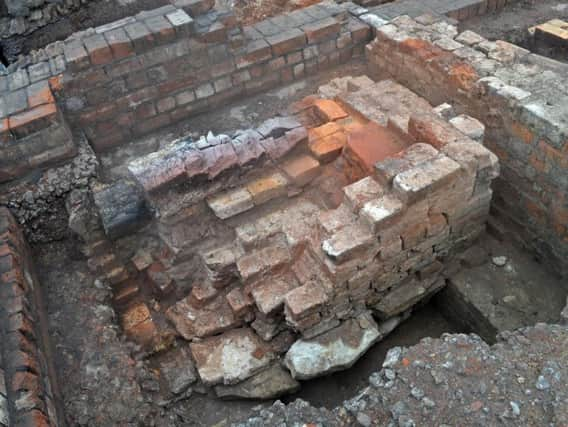

Sheffield’s illustrious industrial past is being painstakingly uncovered – before it disappears beneath another block of student flats.
Experts from Wessex Archaeology are digging on Hollis Street in the city centre and piecing together a more accurate picture of the city’s influential industrial history and the scale of steelmaking before 1850.
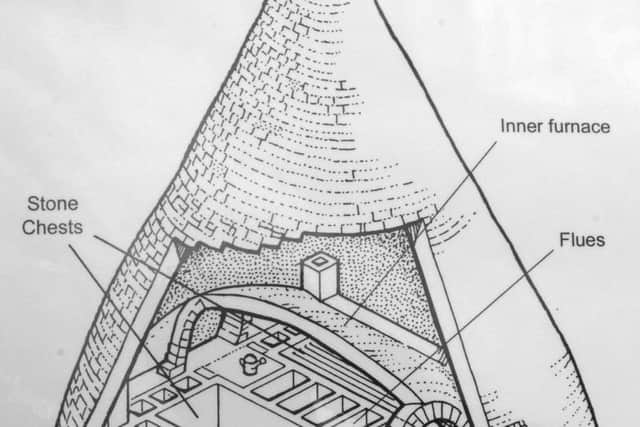

Advertisement
Hide AdAdvertisement
Hide AdIt is the second city centre site worked on by archaeologists uncovering the city’s proud industrial heritage.
Dinah Saich, principal archaeologist with South Yorkshire Archaeology Service, said she was amazed at the level of detail.
Their role is to advise Sheffield Council on archaeology works and any planning processes and issues that may arise from a planned development.
They also advise developers about a site and update records for the city’s archives.
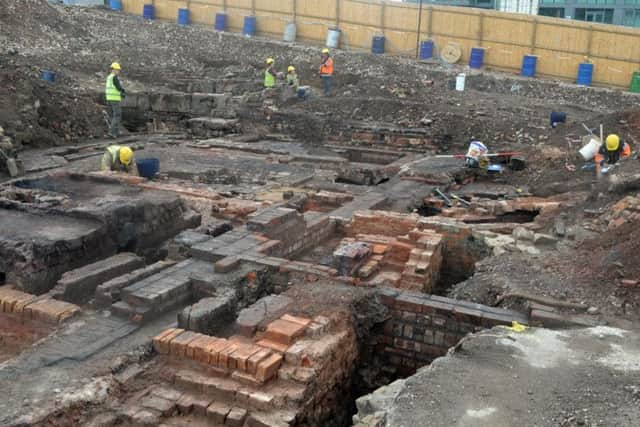

Advertisement
Hide AdAdvertisement
Hide AdArchaeologists are expected to be on site for at least another week.
“This was one site we were extremely interested in,” Dinah said.
“We have been making sure that the site has been looked at properly in the planning process and that’s why there’s a planning condition on the consent for the scheme which says we need to make sure archaeology is being looked after properly and that’s why we’ve brought in a team to investigate the site.
“Here we can see there once was a big modern building that has seen some survival and most impressively this area of survival includes a pair of furnaces which were part of the early processes for making steel for which helped Sheffield become famous across the world for its metal trades.
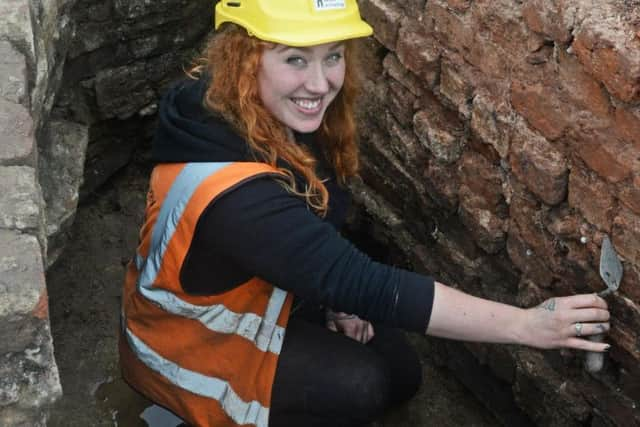

Advertisement
Hide AdAdvertisement
Hide Ad“We’re always excited when we see remains surviving which answers the question that this place was making steel.
“It’s told us what kinds of steel making processes there was following what kind of information we see.
“It’s always about finding something that can help us answer the big questions about what went on here and it also lets us know more about the cementation process because a good preservation has allowed us to see the physical structure and how they were used.
“We might know about them from documentary records but it’s very different from actually seeing it in real life.”
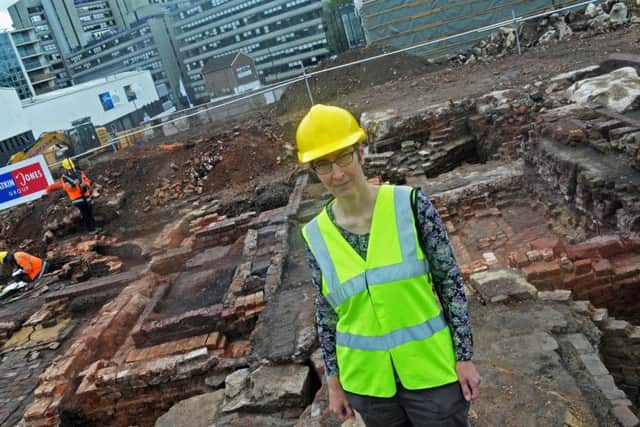

Advertisement
Hide AdAdvertisement
Hide AdBoth sites were on the boundary of old Sheffield before the industrial revolution took off and the population later boomed expanding the city outwards.
The former Titanic Works, around a 10-minute walk away from the West Bar site, boasts three well-preserved cellars of crucible furnaces.
At Hollis Croft, the remains of a cementation furnace has been uncovered. Cementation furnaces were used to convert iron into blister steel and represent an earlier technology than the crucible furnaces.
The former cementation furnace chimneys at Hollis Croft are visible on an 1854 map with the principal surviving buildings at the former Titanic Works also dating to the same period.
Advertisement
Hide AdAdvertisement
Hide AdEmma Carter, site supervisor at Wessex Archaeology, the firm behind the excavation, said the Sheffield site was brimming with history and detail.
She said: “We know to dig here because we’ve seen a map from 1853 showing some very intriguing plots.
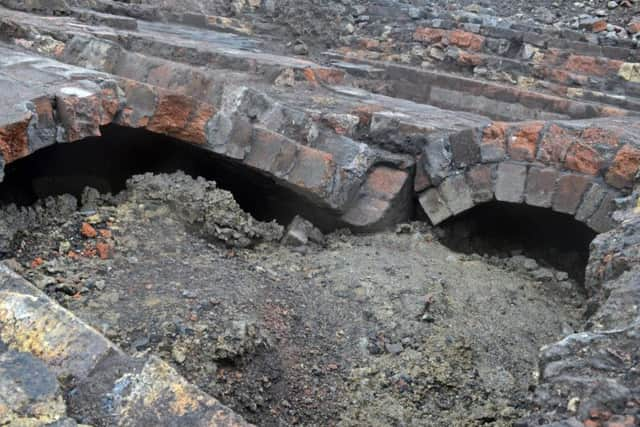

“We’ve had great success finding all the archaeology we were hoping for. The sites in their former glory are two brick furnaces rising up in a cone-like shape.
“There would have been an outer chimney with brick and stone within those would be chests made out of fire brick. All the components have left us with a brilliant array of different colours.
Advertisement
Hide AdAdvertisement
Hide Ad“Conditions down here would have been sweltering for the men working here. The temperatures would reach 1000C and their would be people constantly filling up the stove to keep the fires going.
“There were two former public houses close to the site and both would be absolutely packed after a hard day’s graft.”